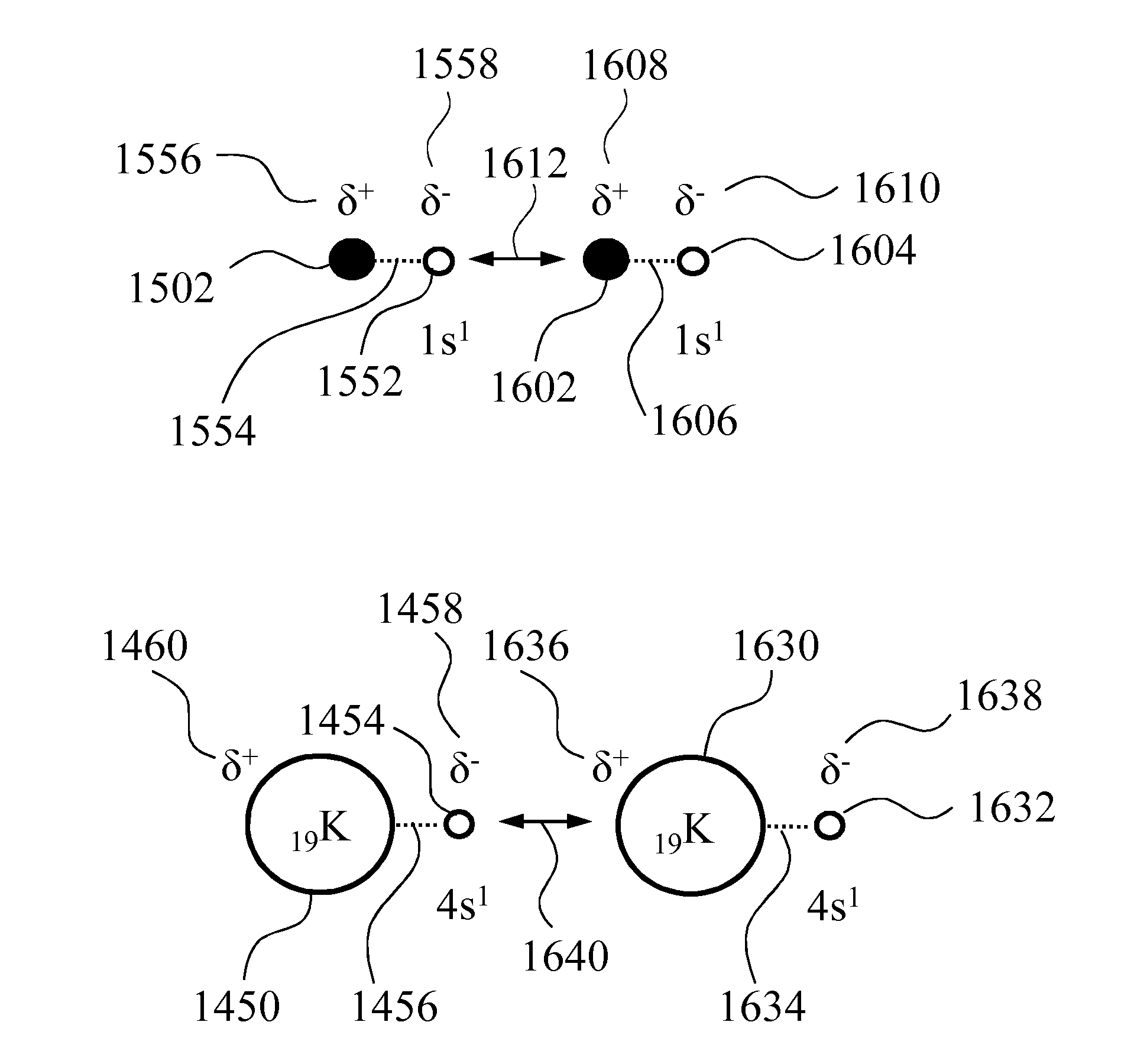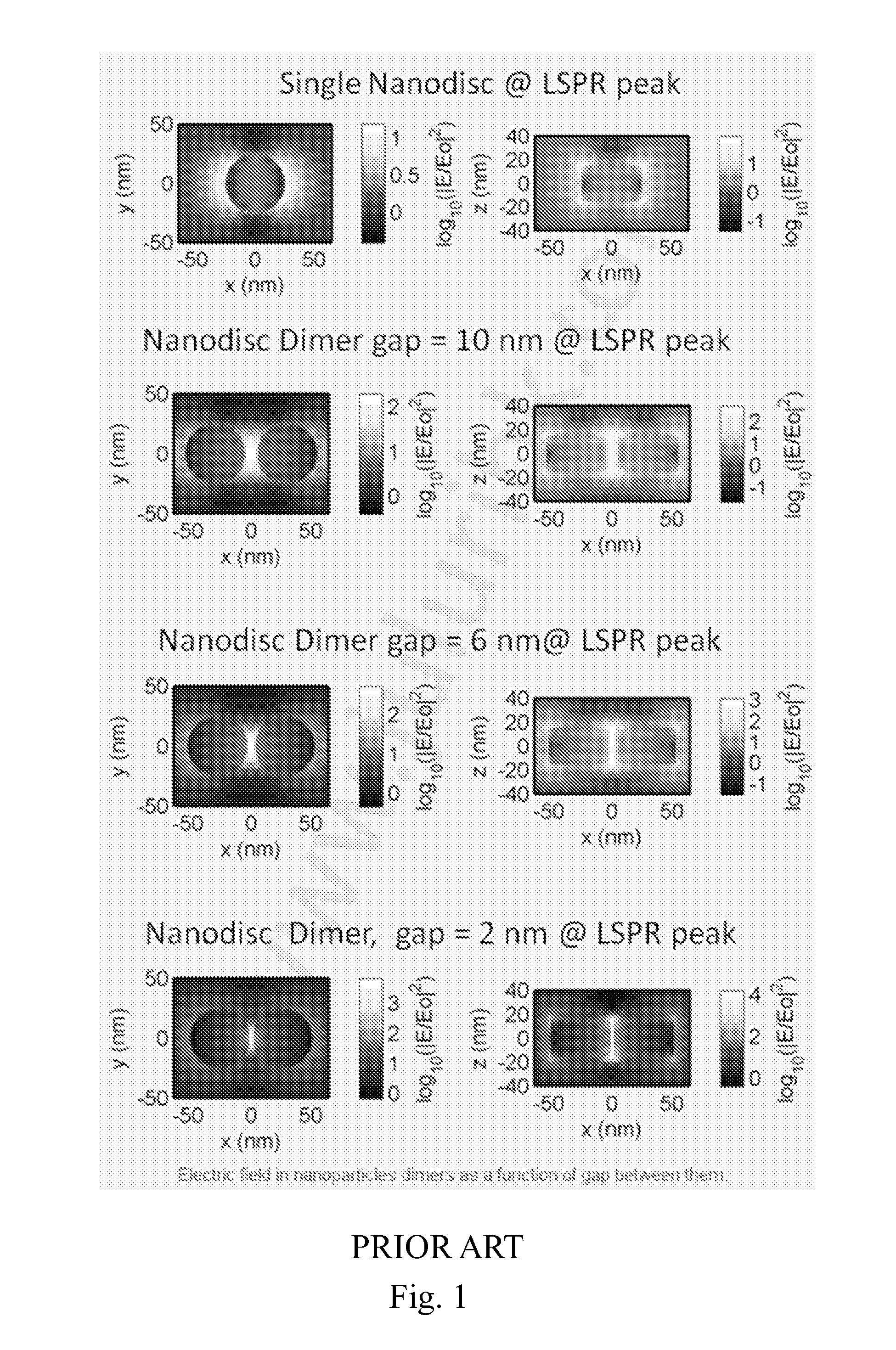Thermal-energy producing system and method
- Summary
- Abstract
- Description
- Claims
- Application Information
AI Technical Summary
Benefits of technology
Problems solved by technology
Method used
Image
Examples
example 1
[0282]Nickel nanopowder having an average particle size of 10 nm was is mixed with pyroelectric lithium tetraborate Li2B4O7 crystallite powder having particle size range of about 100 nm-1000 nm. Li2B4O7 crystallite powder was prepared by mechanically crushing commercial Li2B4O7 crystals to powder. The powder mixture is placed to the reaction cartridge. The reaction container was connected to a hydrogen gas line receiving hydrogen gas from a pressurized hydrogen gas bottle. The reaction container was also connected to the cooling fluid circulation. The reaction container was pressurized with hydrogen gas to 20 bar (gauge) and slowly heated to 400° C.
[0283]It is assumed that the pyroelectric crystallite powder was polarized by the temperature changes within the reaction material. The temperature of the reaction material was altered with external control (cooling fluid circulation) to keep the pyroelectric crystallite powder polarized. The system started to produce gamma radiation that...
example 2
[0284]The experimental setup was the same as used in Example 1 but nickel nanopowder was replaced with titanium nanopowder and lithium tetraborate was replaced with piezoelectric quartz SiO2 powder. Externally controlled mechanical vibrations (ultrasonic source) provided the original electric field by polarization of the piezoelectric material. A lot of thermal energy was produced during the experiment. The COP was over 10. After the reactions the reaction material obtained from the reaction container possibly contained traces of vanadium isotopes and phosphorus that were not present in the original reaction material, although contamination from the steel used for the construction is not entirely excluded.
[0285]Secondary nuclear reactions forming stable isotopes from non-stable isotopes release more energy along time depending on the half lifes of the non-stable isotopes until the system consists only of stable isotopes. It is not yet certain how far along the titanium isotope chain...
example 3
[0287]The experimental setup was the same as used in Example 1 but nickel nanopowder was replaced with zirconium nanopowder and lithium tetraborate was replaced with multiferroic BiFeO3 powder. Externally controlled magnetic field provided the local electric field by polarization of the multiferroic material. It is hypothesized that hydrogen was fused with zirconium because quite a lot of thermal energy was released accompanied by noticeable gamma radiation. After the reactions the reaction material obtained from the reaction container possibly contained traces of niobium and molybdenum isotopes that were not present in the original reaction material, although contamination from the steel used for the construction cannot be entirely excluded.
PUM
 Login to View More
Login to View More Abstract
Description
Claims
Application Information
 Login to View More
Login to View More - R&D
- Intellectual Property
- Life Sciences
- Materials
- Tech Scout
- Unparalleled Data Quality
- Higher Quality Content
- 60% Fewer Hallucinations
Browse by: Latest US Patents, China's latest patents, Technical Efficacy Thesaurus, Application Domain, Technology Topic, Popular Technical Reports.
© 2025 PatSnap. All rights reserved.Legal|Privacy policy|Modern Slavery Act Transparency Statement|Sitemap|About US| Contact US: help@patsnap.com



